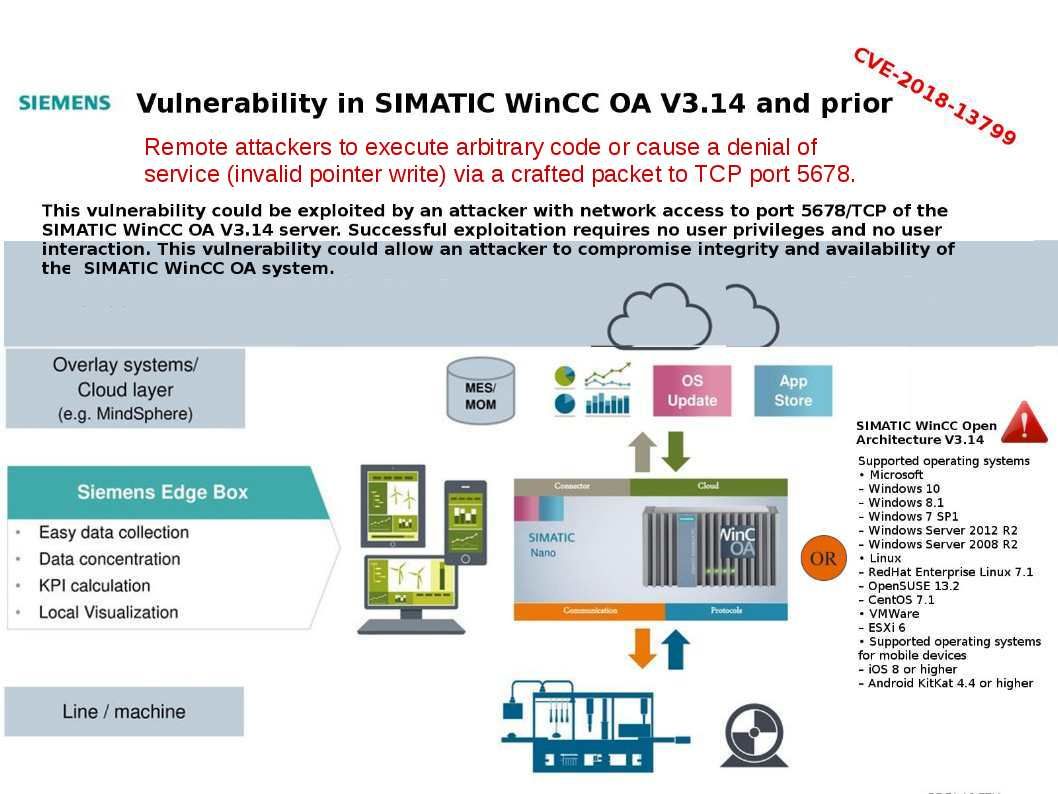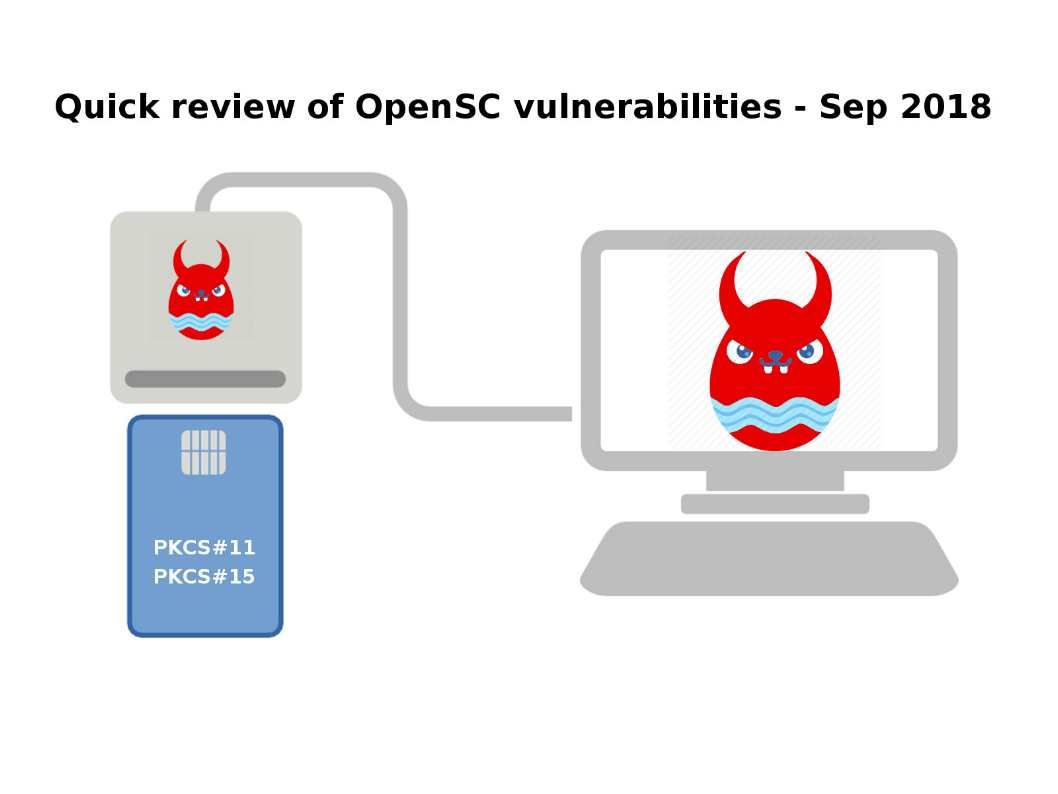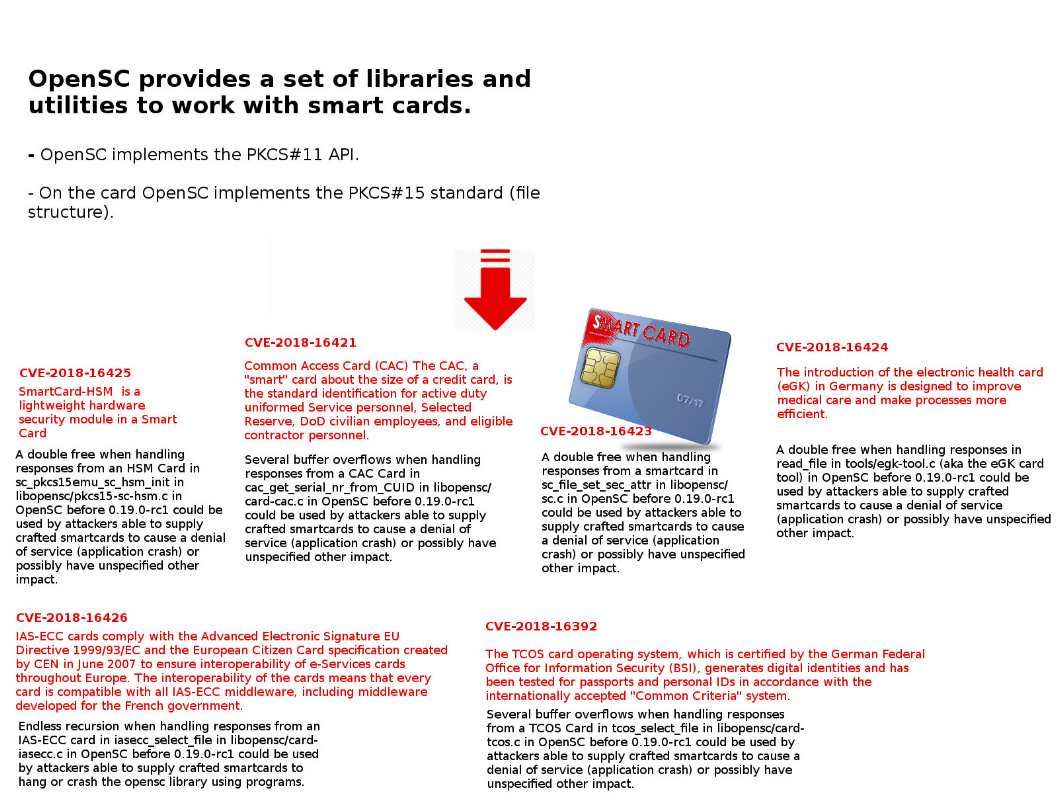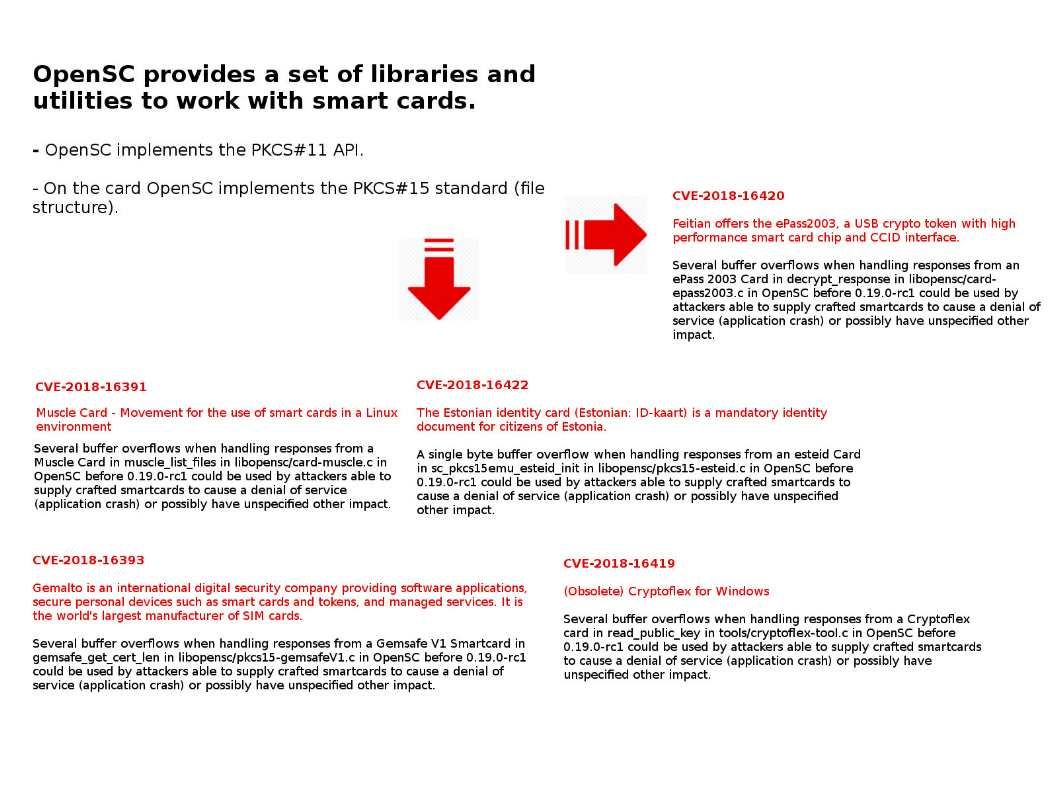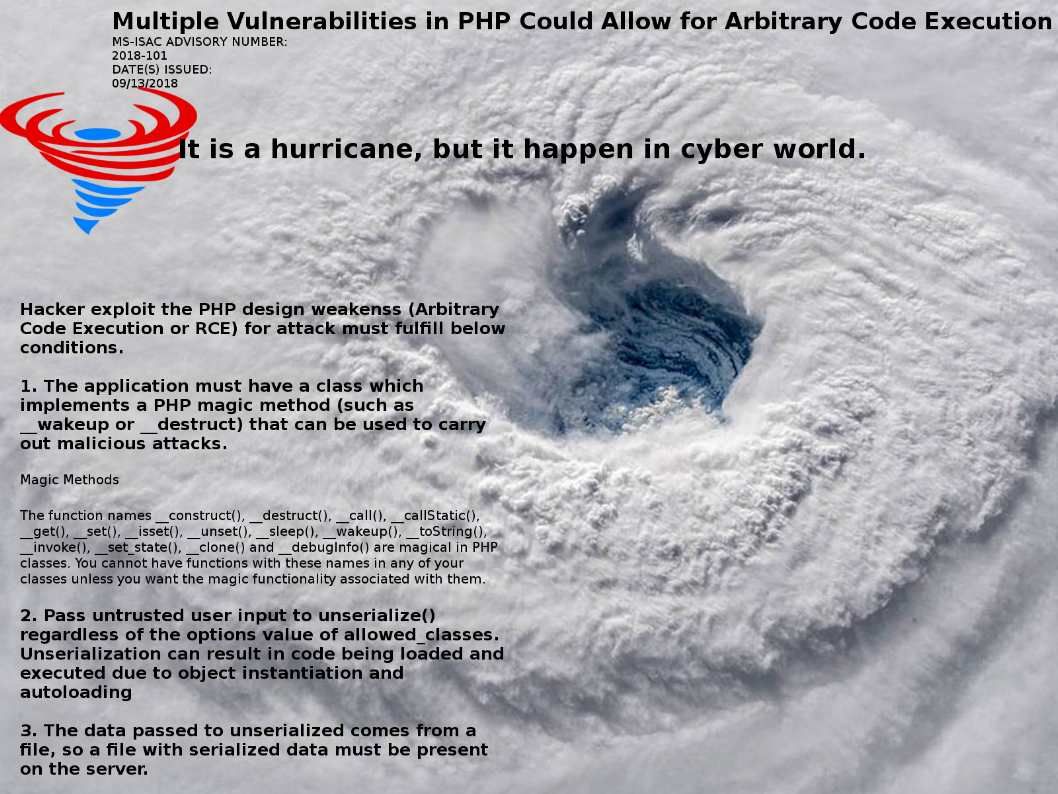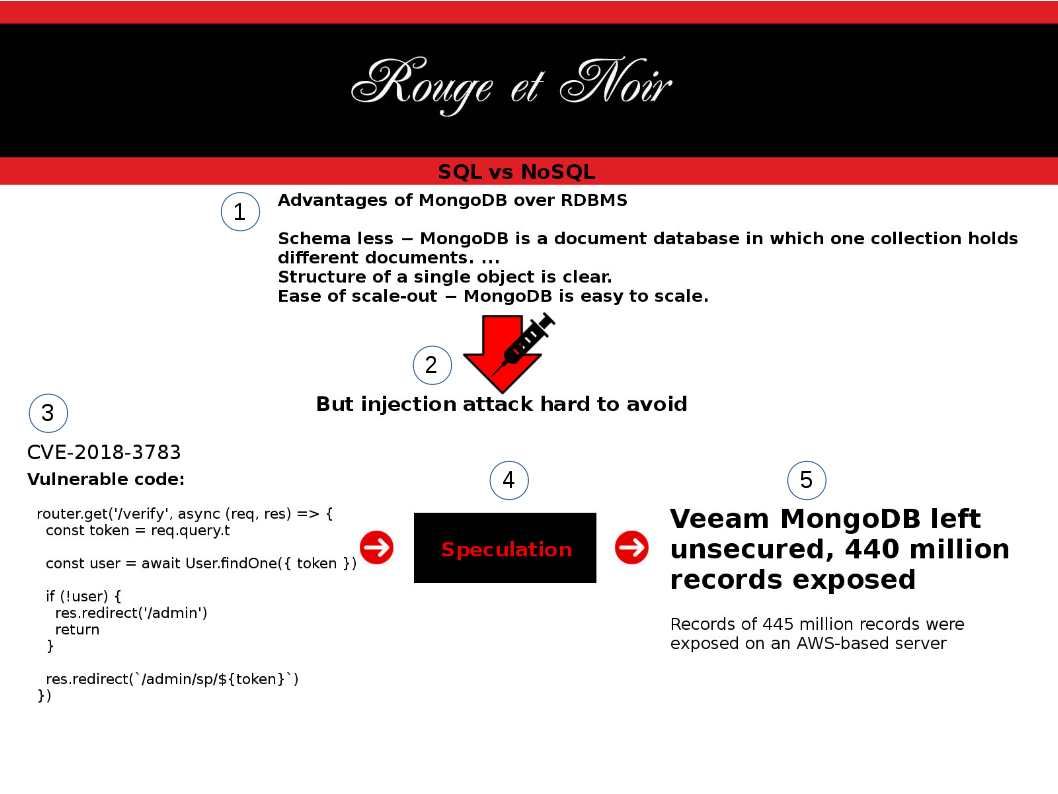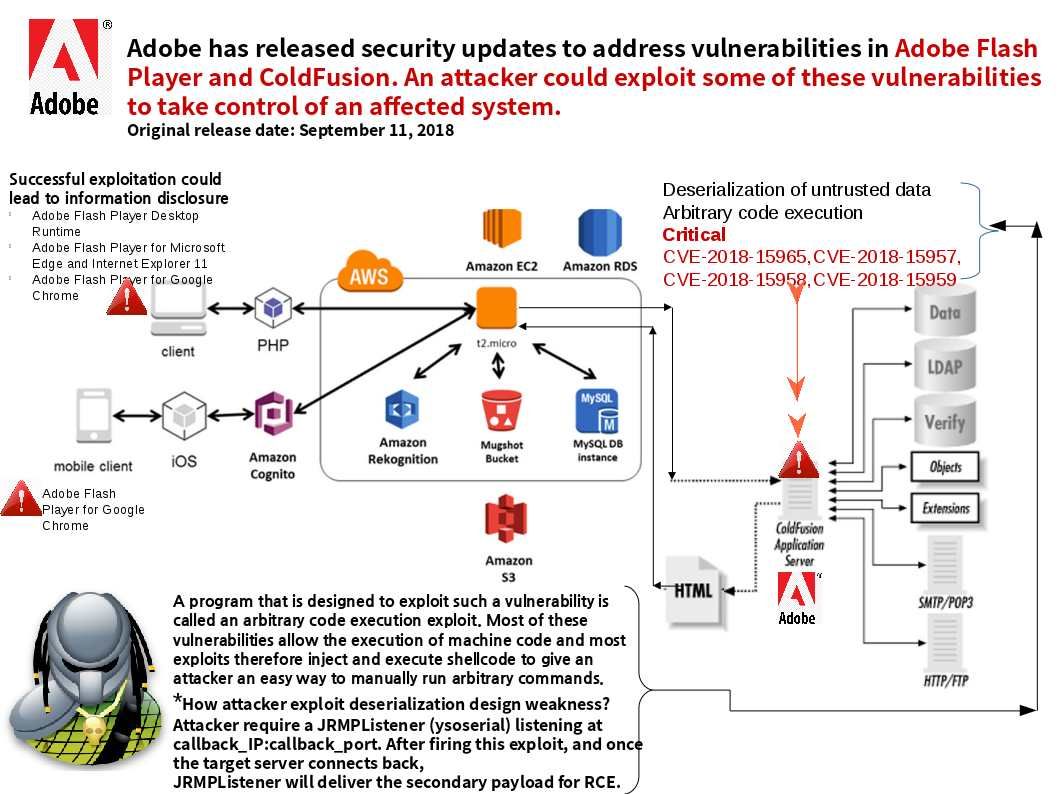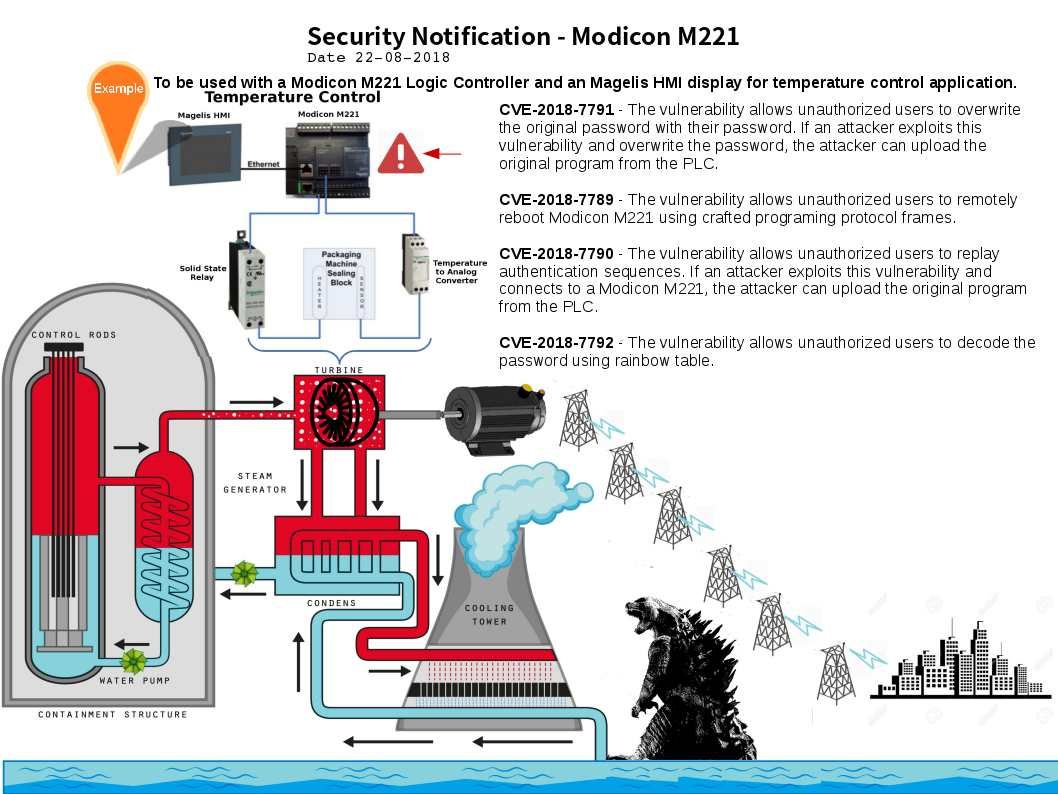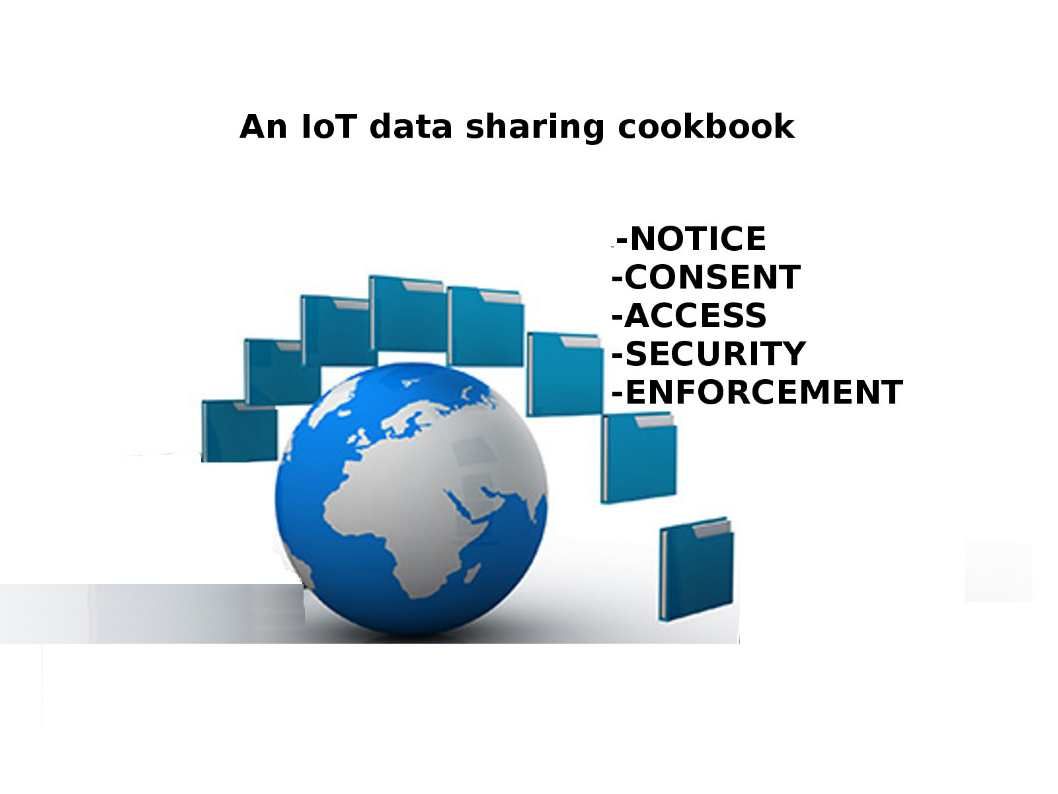
Preface:
What is “Fair Information Practices,” the principles of privacy protection are internationally recognized and are found in most privacy legislation around the world. These principles inform the way private organizations collect, secure, use and disclose personal information.
What is the bottleneck of data sharing?
Privacy is about respecting individuals. If a person has a reasonable desire to keep something private, it is disrespectful to ignore that person’s wishes without a compelling reason to do so. And therefore this is the fundamental limitation of the data sharing. In the sense that you must consensus the data owner or object before use.
Can we found out the easy way to implement data sharing?
If you agree above standpoint is the bottleneck. I believe that you will continue to read this article. Ok, let’s take a quick way to elaborate.
The successful data analytic technology can tell the truth but not include survillance type. Because survillance program in my view point will categories as monitoring feature instead of data sharing categories. The phenomenon we have seen shown below table:
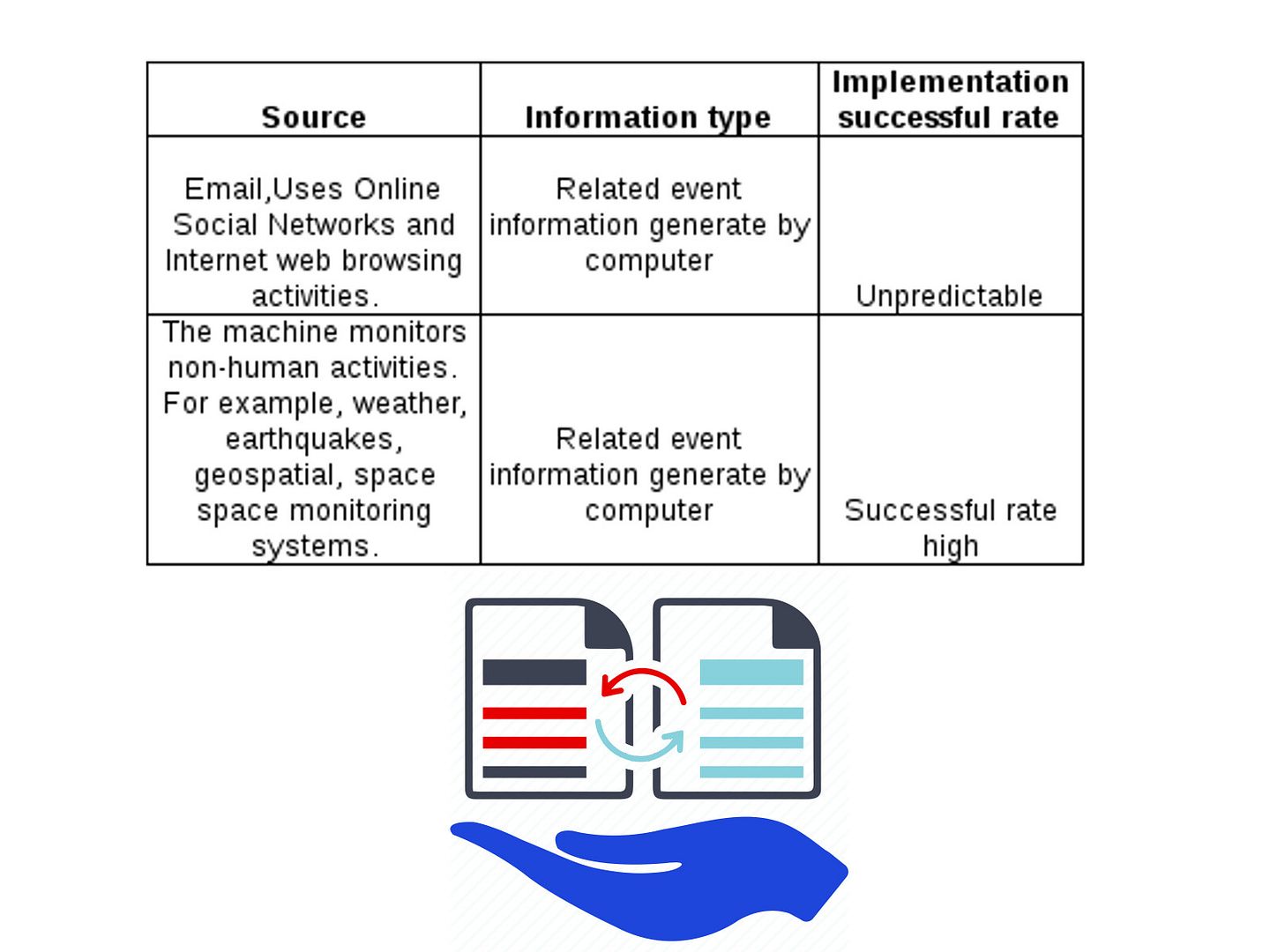
Above table perhaps not the official survey, it can’t provide the significant and reliable reference. However it shown an hints that the bottleneck of data sharing concept driven by Fair Information Practices.
As a matter of fact, even though the extreme regime governance country also not shown government will lead open his repository including personal information. The realistic so far is the private company collect their customer data for business goal or do a re-engineering of the usage of their customer data.
Potential hidden power
Natural & Non-Human Activities data contain huge potential power build a comprehensive big data infrastructure. We haven’t seen traditional database structure weakness until big data analytic born. As a result even though data sharing not mature in the moment however it can develop a perfect infrastructure waiting for the future.
Global Positioning System pioneer build the data sharing infrastructure
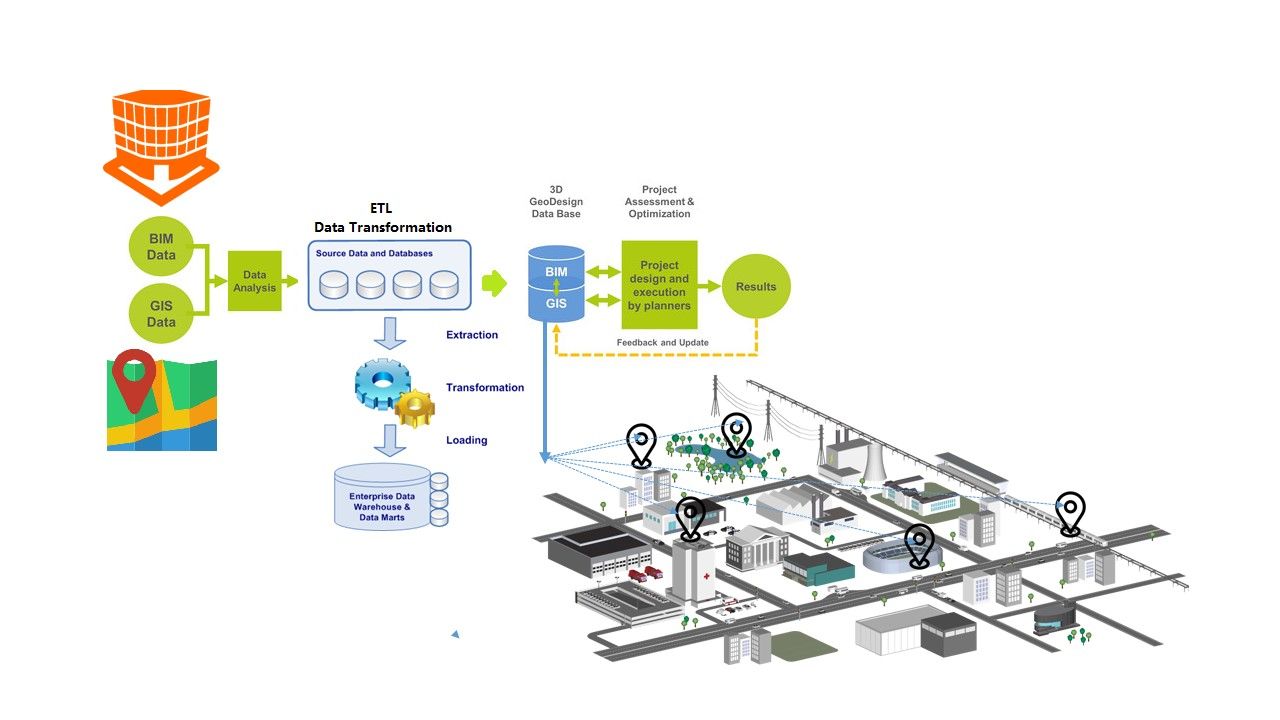
You use Global Positioning System (GPS) on your smartphone for directions to a particular place, or if you ask a search engine for the locations of local famous restaurants near a physical address or landmark, you are using applications relying on spatial data. Therefore spatial databases is the key component of the global positioning system. As time goes by, GPS system build the data sharing architecture established.
Revolution of database technology
Big data is a term used to refer to the study and applications of data sets that are so big and complex that traditional data-processing application software are inadequate to deal with them.
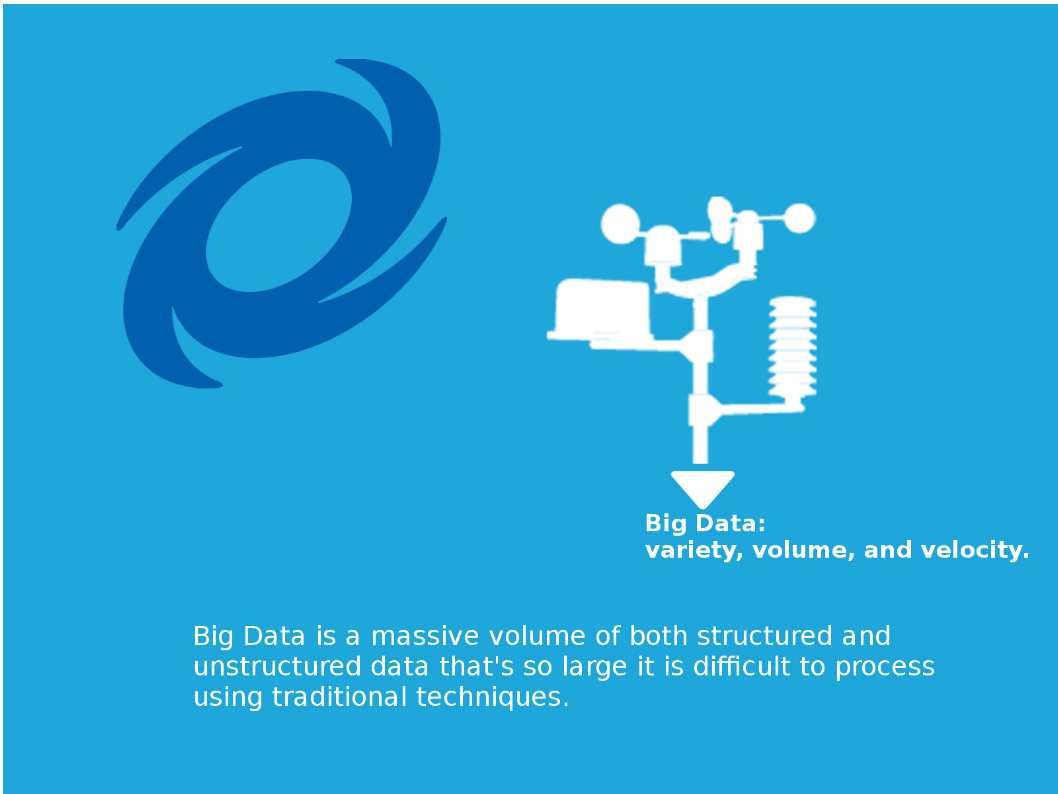
Big data technologies break the ice, it improve traditional database model fundamental limitation on data access speed and usage efficiency. SQL was originally designed for relatively static data structured as a table. IoT-generated data is the data generated by the sensors fitted into interconnected devices. In the IoT scheme of things, each device will have an IP address so that it is able to communicate with destination peer. The IoT-generated data is a dynamic data because it is not the human input data model. So, a Key-Value Store technology can receive the advantage. In the market do far there were many different types of non-SQL, or non-relational, databases. The high-end system model is the famous IBM mainframe VSAM access method. But low end products can do similar things today. Below top 5 (low end) NoSQL database engines closer look.
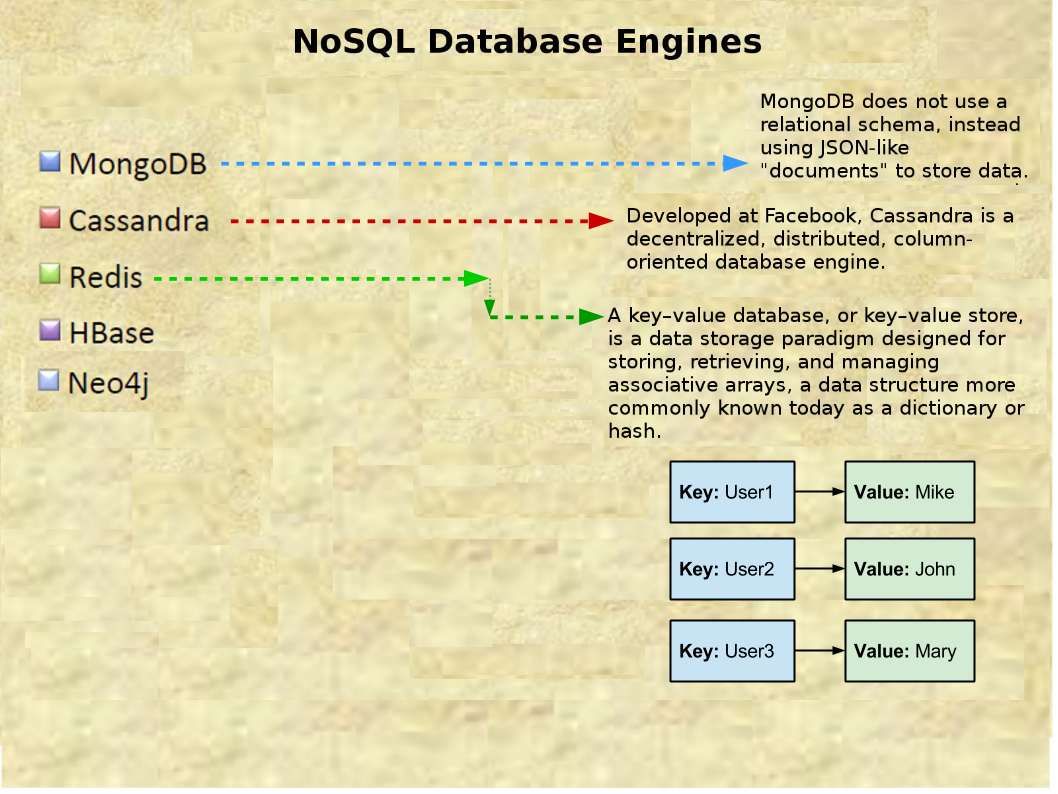
IoT data require to do analytic before use. The data analytics focusing process device status data and sensor readings to generate descriptive reports and alarm.
Real-time analytics tools usually support controlling the window of time analysis, and calculating rolling metrics. For example, to track hourly averages over time rather than calculating a single average across an entire dataset. As a result the system require quick reponse and processing power.
Remark: What are rolling metrics good for? Get numbers faster – every day or minute if you want
Speed up an access
A general-purpose distributed memory caching system boost up the data access speed. It is often used to speed up dynamic database-driven websites by caching data and objects in RAM to reduce the number of times an external data source (such as a database or API) must be read. Below architecture can provide hints to you in this regard.
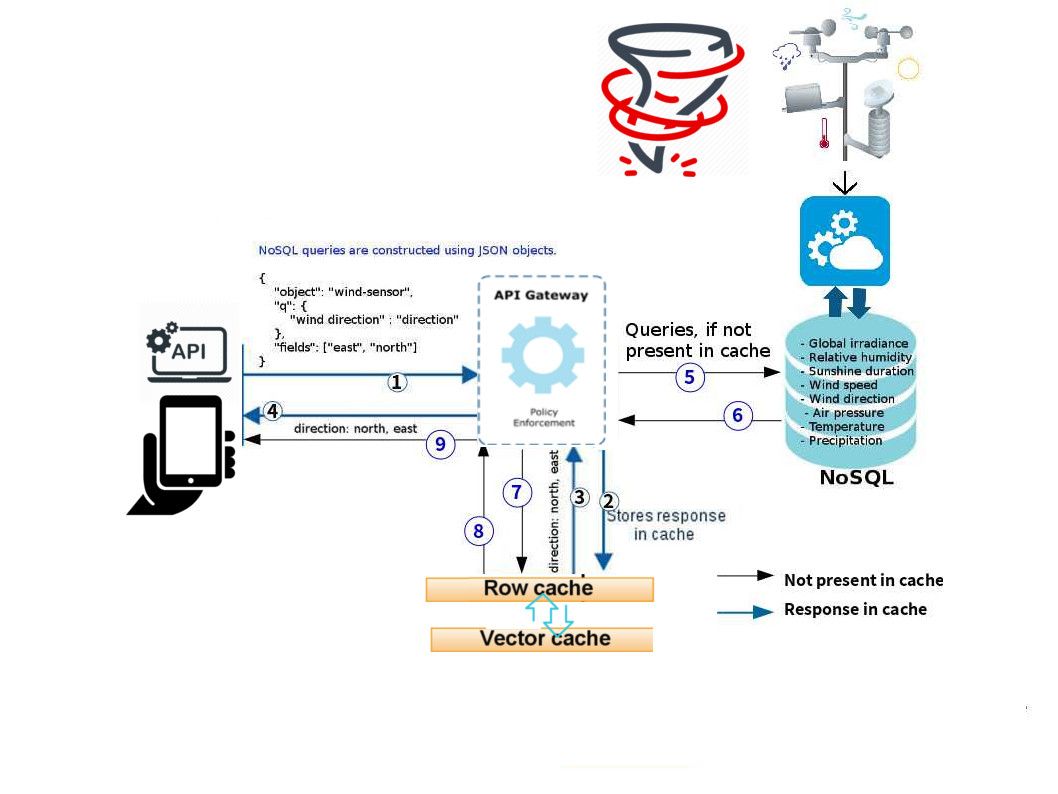
Summary:
So far, not seen any feature will be improved the data security. Since we are focus Natural & Non-Human Activities data. So it did not touch with any confidential data. The key factor of data sharing bottleneck not the limitation of technology. The fact shown that the successful factor to promote data sharing concept depends on you how to treat people with respect.
